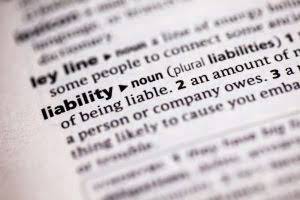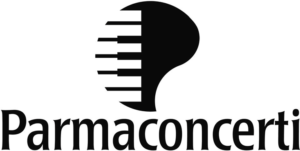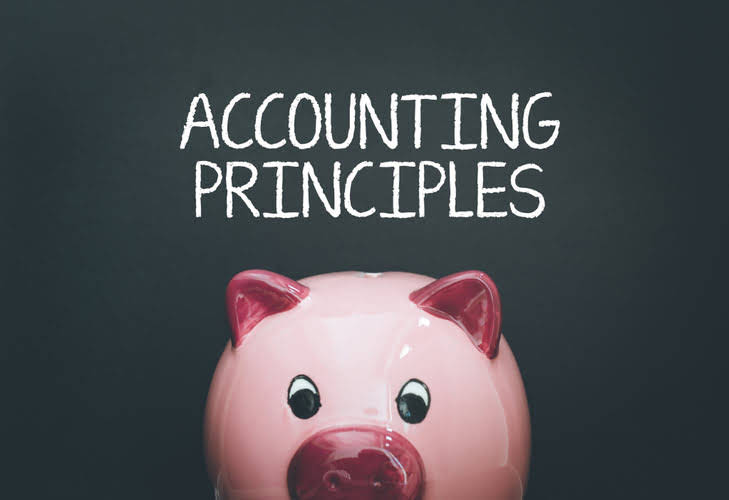What small business owners should know about the depreciation of property deduction Internal Revenue Service

The inclusion amount cannot be more than the sum of the deductible amounts of rent allocable to the lessee’s tax year in which the amount must be included in gross income. Bill Nelson is an inspector for Uplift, a construction company with many sites in the local area. Uplift does not furnish an automobile or explicitly require him to use his own automobile.
- Each machine costs $15,000 and was placed in service in 2020.
- Tree stumps are a capital asset if they are on land held by an investor who is not in the timber or stump business as a buyer, seller, or processor.
- Whether you engaged in a like-kind exchange depends on an analysis of each asset involved in the exchange.
- When the change is made, figure depreciation based on your adjusted basis in the property at that time.
- When depreciating property placed in service before 1987, use the Accelerated Cost Recovery System (ACRS) or the same method used in the past.
- However, you do not need permission for certain changes in your method of depreciation.
- Once you elect not to deduct a special depreciation allowance for a class of property, you cannot revoke the election without IRS consent.
For tax years beginning in 2020, the maximum section 179 expense deduction is $1,040,000 ($1,075,000 for qualified enterprise zone property). It might seem like an easy choice to use expensing if you qualify. But in some cases, it might pay to use regular depreciation. That could be the case if you expect your business income—and hence your business tax bracket—to rise in the future.
What is tax depreciation?
For more information, see section 332 of the Internal Revenue Code and the related Treasury Regulations. If you disposed of your investment in a QOF, you will also need to complete Form 8997. For more information on transfers to a spouse, see Property Settlements in Pub. The following kinds of property dispositions are excluded from these rules. For purposes of figuring your realized gain, add any liabilities assumed by the other party to your amount realized.
ACRS provides an alternate ACRS method that could be elected. This alternate ACRS method uses a recovery percentage based on a modified straight line method. You must continue to figure your depreciation under ACRS for property placed in service after 1980 and before 1987. For property you placed in service after 1986, you must use MACRS, discussed in chapter 4 of Pub. Visit irs.gov/formspubs to download forms and publications. Otherwise, you can go to irs.gov/orderforms to order current and prior-year forms and instructions.
IRS Publication 946, How To Depreciate Property
They must now figure their depreciation for 2022 without using the percentage tables. If you reduce the basis of your property because of a casualty, you cannot continue to use the percentage tables. For the year of the adjustment and the remaining recovery period, you depreciable property includes business, investment, and personal-use assets. must figure the depreciation yourself using the property’s adjusted basis at the end of the year. Instead of using either the 200% or 150% declining balance method over the GDS recovery period, you can elect to use the straight line method over the GDS recovery period.
If you physically abandon property, you can deduct as a loss the adjusted basis of the property at the time of its abandonment. However, your intent must be to discard the property so that you will not use it again or retrieve it for sale, exchange, or other disposition. To figure your deduction, determine the adjusted basis of your property, its salvage value, and its estimated useful life. The balance is the total amount of depreciation you can take over the useful life of the property.
What Are Capital Gains Tax Rates?
Generally, the buyer and seller should each attach Form 8594 to their federal income tax return for the year in which the sale occurred. A loss on the sale or exchange of property between related persons is not deductible. This applies to both direct and indirect transactions, but not to distributions of property from a corporation in a complete liquidation. For the list of related persons, see Related persons next.
You can do this by selling, exchanging, or abandoning the item of property. You can also withdraw it from use without disposing of it. For example, you could place it in a supplies or scrap account. Retirements can be either normal or abnormal depending on all facts and circumstances. The rules discussed next do not apply to MACRS and ACRS property.




